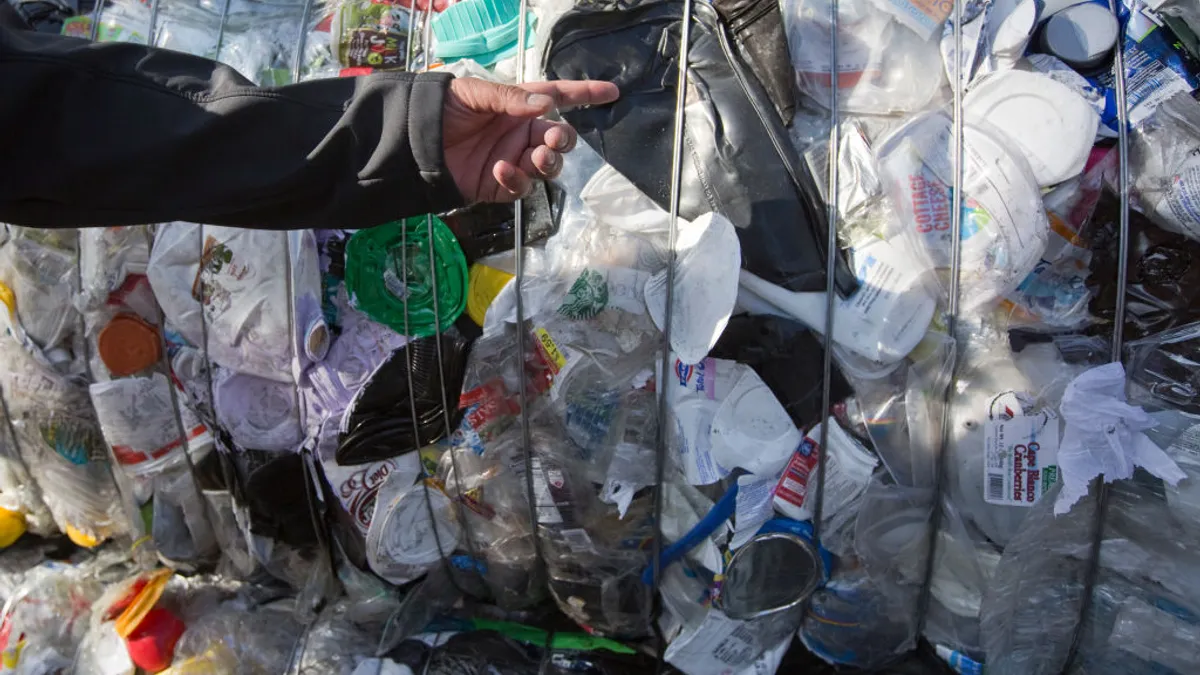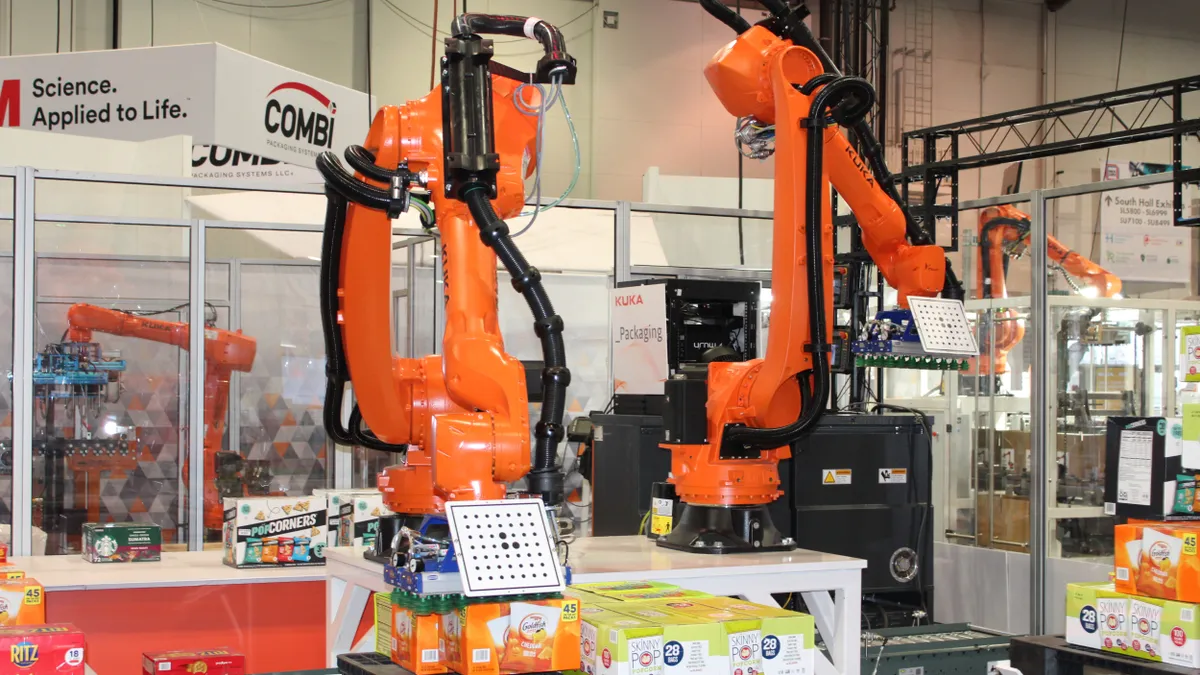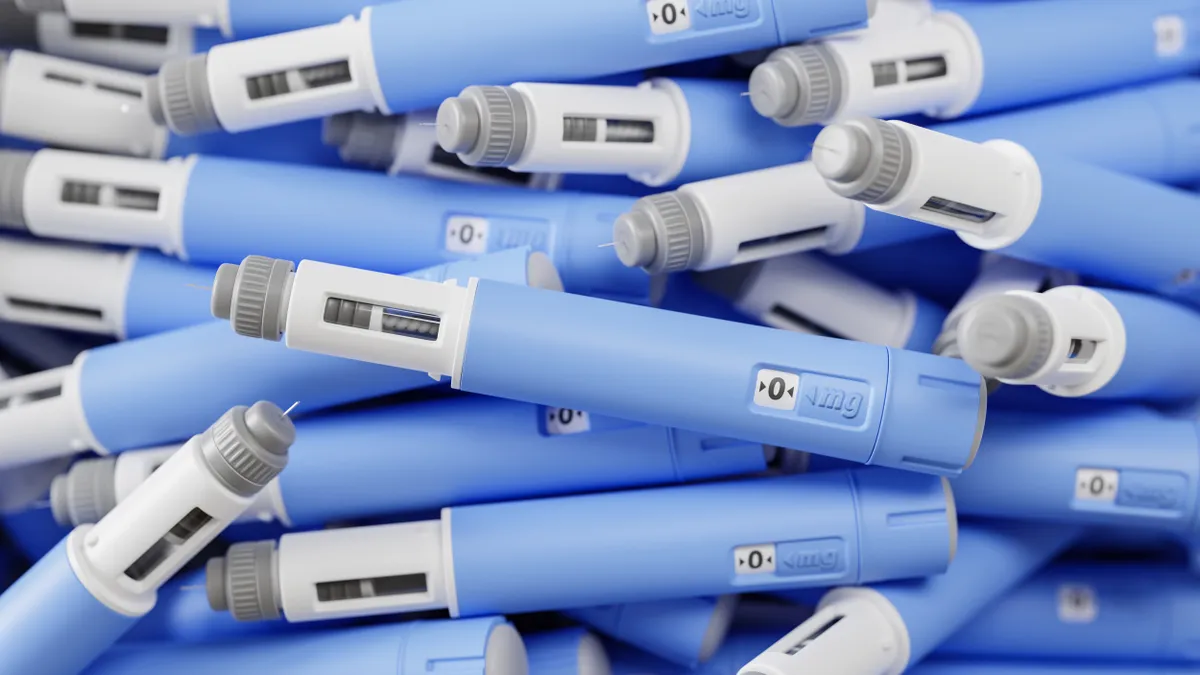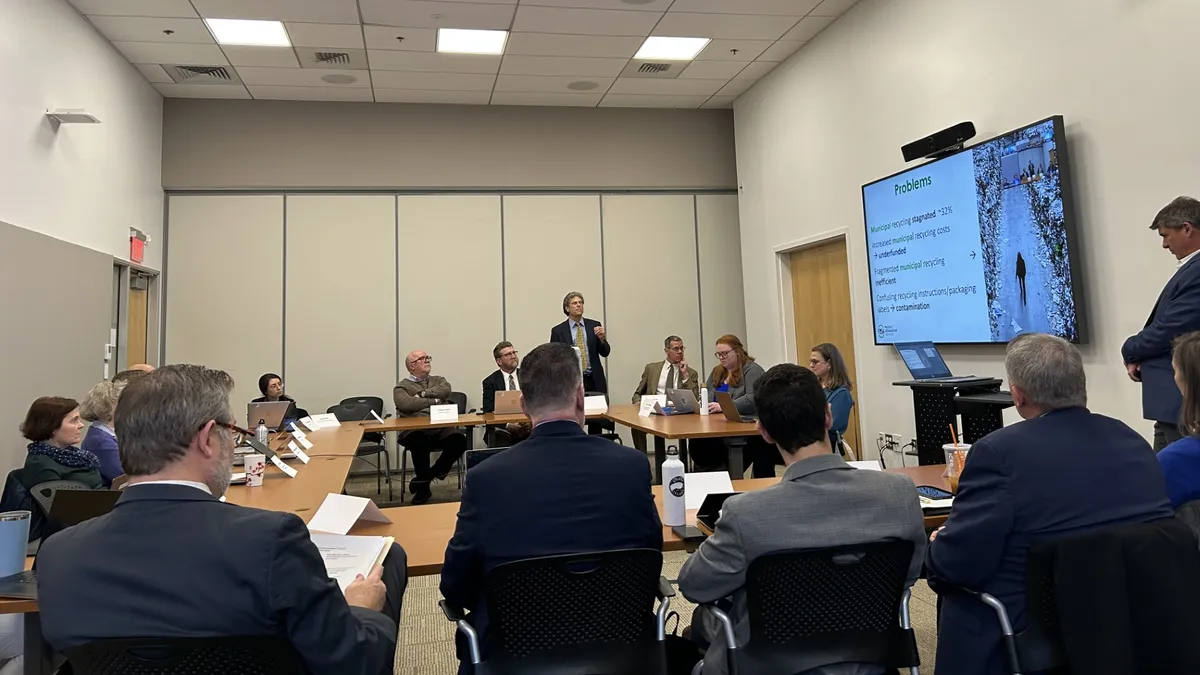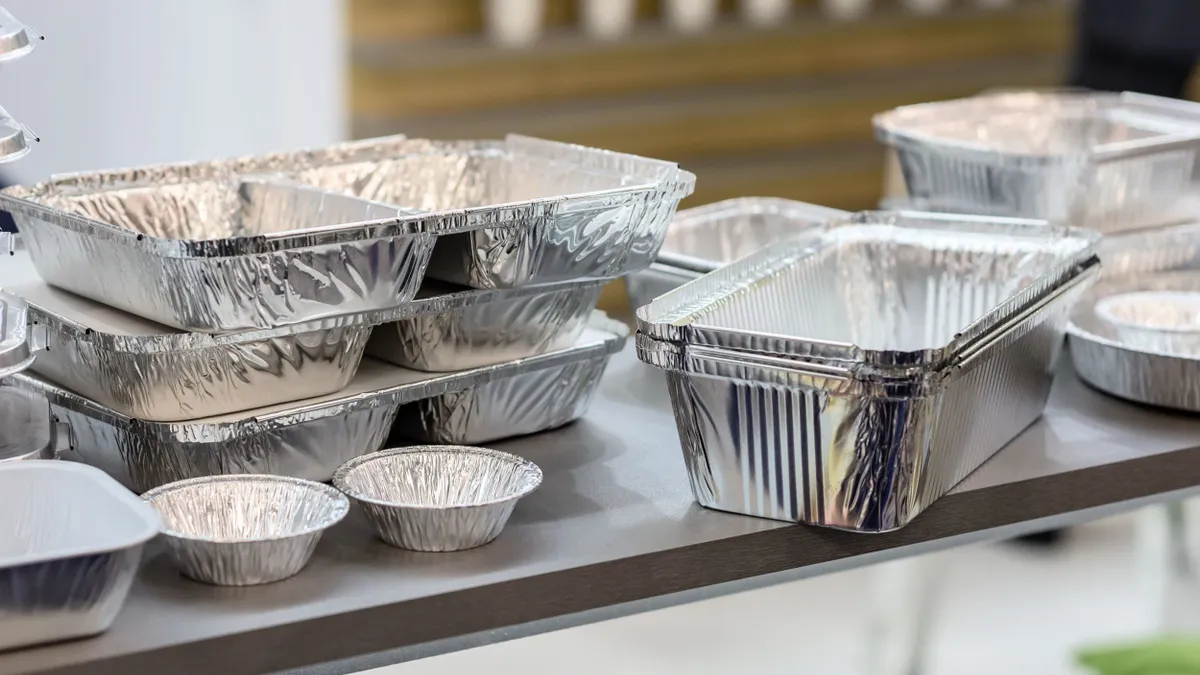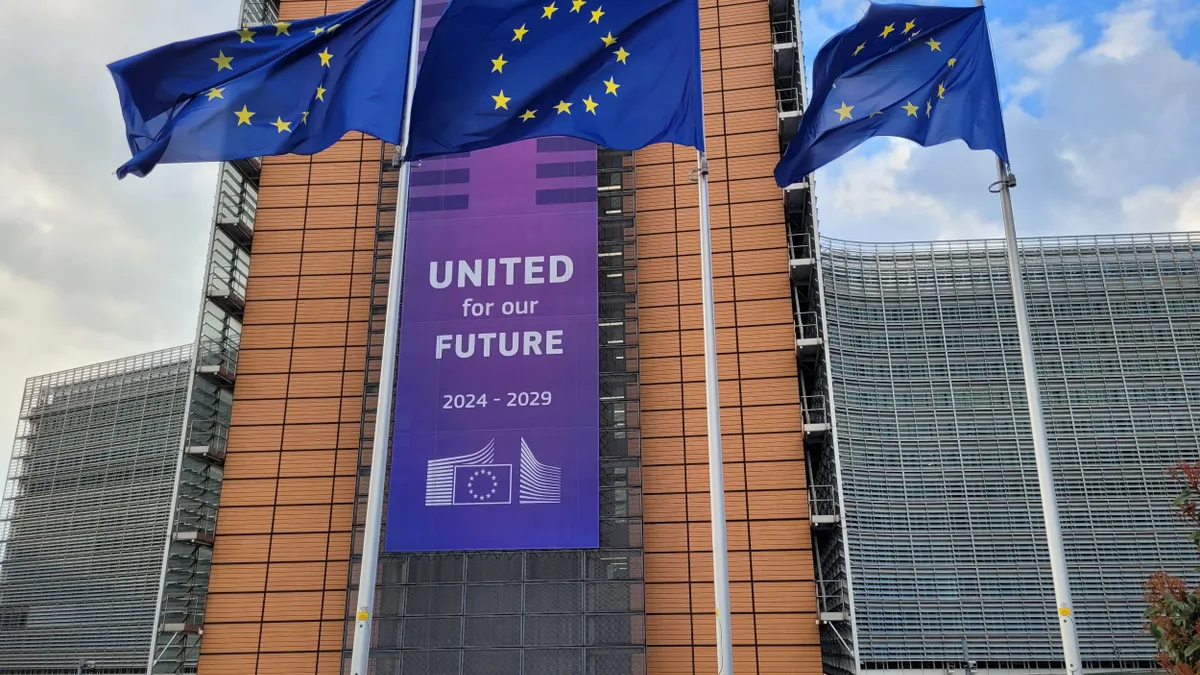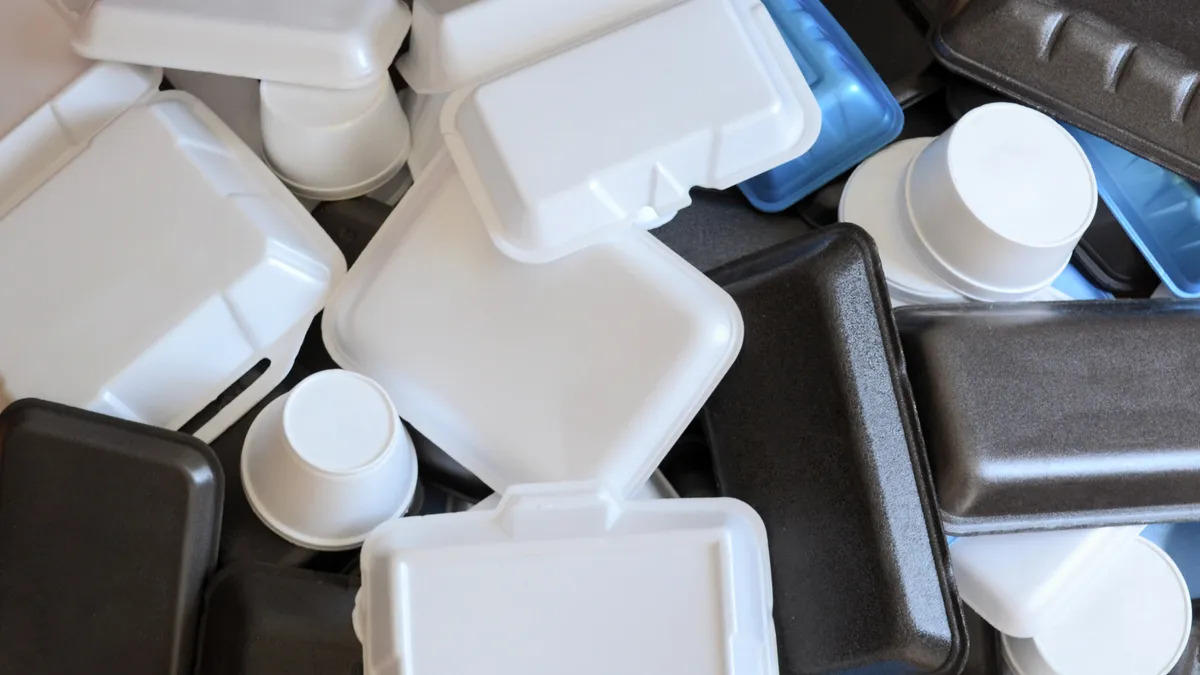States implementing packaging EPR programs are figuring out how to charge producers the necessary fees. Oregon is the only one so far that is using a common but sometimes contentious tool: life cycle assessments.
According to draft implementation plans, these protocols for assessing the “cradle to grave” effects of a product might help decide how much the 25 largest producers in the state pay into the EPR program. LCAs will also serve as a way for all brands to pursue a discount on their fees through a process known as ecomodulation.
The Oregon Department of Environmental Quality thinks that this approach could help it go beyond just shifting recycling costs onto brands and also encourage greater usage of packaging that has a relatively lower environmental impact.
Some people think LCAs are the kind of report that companies or trade groups only release when the results align with their own interests. In Oregon, the filings will sometimes be mandatory and the agency has explicit protocols for companies to follow.
But the ultimate effectiveness of LCAs, experts say, depends on how large an influence the analyses have in decision-making and whether they include all the factors that really matter.
When it comes to how well this method gauges packaging environmental harm, “I think it is absolutely fair game and should be thought deeply about and criticized,” said Shelie Miller, a sustainability scientist at the University of Michigan. “LCA is flawed, but it's also the best we got.”
The role of LCAs
EPR systems have been active in the U.S. for various products for decades, but are newer for packaging. As policy advisors have pointed out, governments can craft the programs to shape broader management outcomes, like a decrease in the sheer volume of materials produced.
Five states have passed legislation creating EPR programs for packaging specifically. The laws require a producer responsibility organization, or PRO, to charge manufacturers fees related to the design and type of materials produced and how they are disposed of.
The Oregon EPR program incentivizes manufacturers to reduce the environmental harm of the packaging they provide. LCAs are a crucial part of how the program plans to reach this goal.
First developed for Coca-Cola products in the late 1960s, life cycle assessments — and their intentions — have evolved over the years. The studies aim to look at the environmental implications of a product from its raw material collection to its final destination, whether that’s a landfill, a compost pile, or the depths of the ocean. Creating an LCA requires pulling data and quantifying the water consumption, ozone depletion, pollution and other harms of a given product.
When the Oregon system starts shaping recycling in July 2025, LCAs will peek through in a few places, encouraging specific corporate decisions.
How much money a company owes into the EPR system depends on what kinds of packaging material they use and how many tons of it are used in the state. The top 25 producers are required to create LCAs for 1% of their products sold or distributed in the state every two years, while smaller companies can voluntarily submit LCAs if they want to earn a reduction on the fee they owe. Both kinds of companies could earn a discount if they opt to take their LCAs a step further and use them to prove they have reduced the environmental impact of a product.
Offering lower fees for more environmentally friendly products is often called ecomodulation. The Oregon DEQ gave the PRO five factors it had to consider when deciding how to shift payment, including LCA consideration. While these tools are meant to inform, none are required to actually be part of how fees are ultimately set.
“We feel that among the five factors there in the statute, this is the one that most solidly correlates to actual adjustment in environmental impacts,” said Nicole Portley, a program plan lead at the Oregon Department of Environmental Quality.
These rules were adopted in late November. In early December, the Circular Action Alliance, the PRO for Oregon, submitted its third proposed implementation plan. The Oregon DEQ has yet to approve the plan and comments are open until Jan. 17.
No company in Oregon is required to prove through an LCA that they meet certain environmental benchmarks. Still, the Oregon DEQ thinks that completing an LCA and making it public can have environmental benefits, thanks to the result of a study the agency commissioned about a decade ago. “Just the simple act of a producer evaluating and disclosing correlates to action to reduce impacts,” said Portley.
Other researchers also see value in the exercise itself. “It’s often said in my research community that the real value of the LCA is doing it,” said Reid Lifset, a research scholar at the Yale School of the Environment.
While definitive data isn’t available on how many LCAs are done overall, or who is funding the research, it’s common to see them conducted by trade groups and packaging companies.
Proponents say that requiring an organization to systematically gather further information about how their products are manufactured could push companies to consider the consequences of how and what they source, make and waste. If the goal of an EPR program is to reduce how much environmental harm packaging creates, then an LCA might better serve that mission than a program judging choices based on whether they lead to disposal or not.
At the same time, Lifset said, he’s skeptical that the results of an LCA itself — a numerical score — should be the basis for any EPR program. Fitting every relevant detail into the assessment is too big an ask. Lifset said that details such as social consequences from making certain types of packaging could benefit from their own independent evaluations.
“I'm not sure that we want one monster tool to address all of our concerns,” he said.
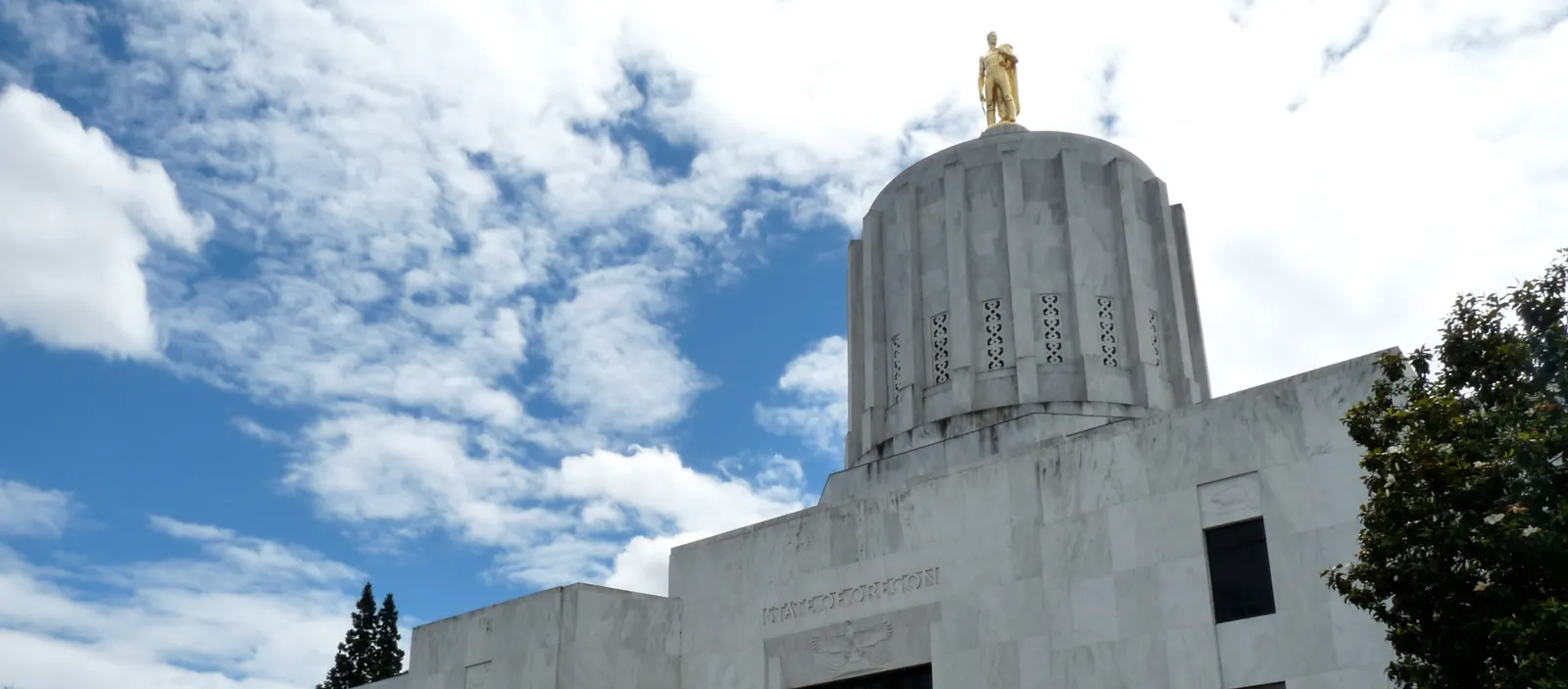
The plastics factor
LCAs have also sparked debate for other reasons in recent years, particularly when it comes to analyzing plastics.
Anja Brandon, the director of plastics policy at the Ocean Conservancy, thinks LCAs miss crucial factors about the benefits or consequences of a given packaging type.
For plastic, LCAs often do not address health repercussions for communities near refineries and production plants or the broader implications of further justifying fossil fuel extraction. The same can be said for microplastic spread, PFAS contamination, “or any number of other kinds of things that we struggle to incorporate because we struggle to measure them to begin with,” Brandon said.
But LCA results that focus on emissions can become the deciding factor in what packaging is promoted, Brandon adds, typically in the plastic industry.
A 2024 analysis of over 130 LCAs focused on packaging options, some of which were commissioned by companies or groups, shows that the findings tended to favor plastic options. Run by Anibal Bher and Rafael Auras at Michigan State University’s School of Packaging, the analysis found that 92% of the LCAs reported emissions associated with different package options and that those greenhouse gas values were lower for plastic bottles and cartons than glass versions or cans.
The protocols for Oregon producers earning a fee reduction by showing improved performance state that climate impacts are weighted more heavily in an LCA score than mineral and metal use, plastic harm to wildlife, or how the material impacts nutrient-dumping in water. Brands also have to report scores for toxicity to humans and the environment, but share those results independent from the LCA value.
The Oregon DEQ knows that there are other impacts of concern — and ones with paltry data describing how they influence the environment. Part of its LCA protocol refers to modules from organizations constantly updating the best way to assess certain questions as a way to cope with the ever-changing science
MariLCA, or Marine Impacts in LCA, is one of these modules. A mix of academics, nonprofits and industry groups, funded by the Life Cycle Initiative and Plastics Europe, is building out a more robust way for LCAs to incorporate the harm plastic litter has on organisms, ecosystems and human health. When it comes to aquatic life, for example, some considerations include plastic entanglement or ingestion.
Anne-Marie Boulay, a chemical engineer at Polytechnique Montréal who is co-chairing MariLCA, first organized a similar initiative covering water use, a now-common life cycle impact factor that used to be left out of analyses. Plastic spread through the environment is yet another missing piece that could leave people conducting LCAs with a misleading conclusion, she said.
“If the emissions of plastic litter into the environment is not included in that methodology, then most questions regarding packaging could not be properly answered,” Boulay said. “How do we know if this is not actually worsening another problem or moving the problem somewhere else, when we don't have the full picture?”
Some MariLCA collaborators research how different plastic types, shapes and fragment sizes behave in freshwater, saltwater, or soil. Others like Boulay take the array of available studies to build characterization factors, the part of an LCA that translates scientific understanding into a measurable sense of environmental impact.
MariLCA offers a few ways to make the conversion. One method translates the science into the percentage of species potentially affected by a given plastic per year. Right now, MariLCA only offers guidance on calculating marine system impact. As more data rolls in, MariLCA will revise its tool. Boulay and her colleagues are already drafting the second update, which she anticipates being published later in 2025.
Even if LCAs grow more comprehensive and include concerns like harm to wildlife, Brandon would rather see states take a different approach than Oregon.
Instead of setting fees or incentives based on LCA results, Brandon would prefer EPR programs work backwards from the recycling system they desire. If the goal is to maximize reuse, have easy-to-operate recycling systems, and reduce plastic packaging — which are the kind of EPR program goals the Ocean Conservancy would like to see — then policy can be crafted to support those changes.
Other states are taking this approach. In California, for example, the law for the EPR program requires the amount of single-use plastic packaging and food service ware sold in the state to drop at least 25% come 2032. All of those goods have to be recyclable that same year — and 65% have to actually make it through the recycling system.
The draft implementation plans have the PRO determine what producers owe depending on the number and weight of plastic materials they have in the state. The PRO is also expected to give discounts to producers using plastics that are derived of “renewables,” or materials “wholly derived from natural resources that are not of mineral or fossil fuel origin, without resulting in the net depletion of any of the resources.”
The California program doesn’t ask producers to produce life cycle assessments. Whether they do is up to them, according to CalRecycle.
“The law does incentivize producers to consider the lifecycle of a product by ensuring producers pay for the costs associated with end-of-life management. Products that are harder to reuse and recycle will bear a higher cost under the EPR program,” wrote Patrick Coyne, an information officer, over email. “Producers will need to consider the lifecycle of a product, including a product’s design for easy recycling, composting, or reuse, and the product’s recycling rate.”
Shane Buckingham, the EPR program planning lead for Circular Action Alliance, which is the PRO for the Oregon and California programs, wrote over email that “CAA does not currently plan to introduce the use of LCAs in states where it is not part of the EPR legislation or regulations.”
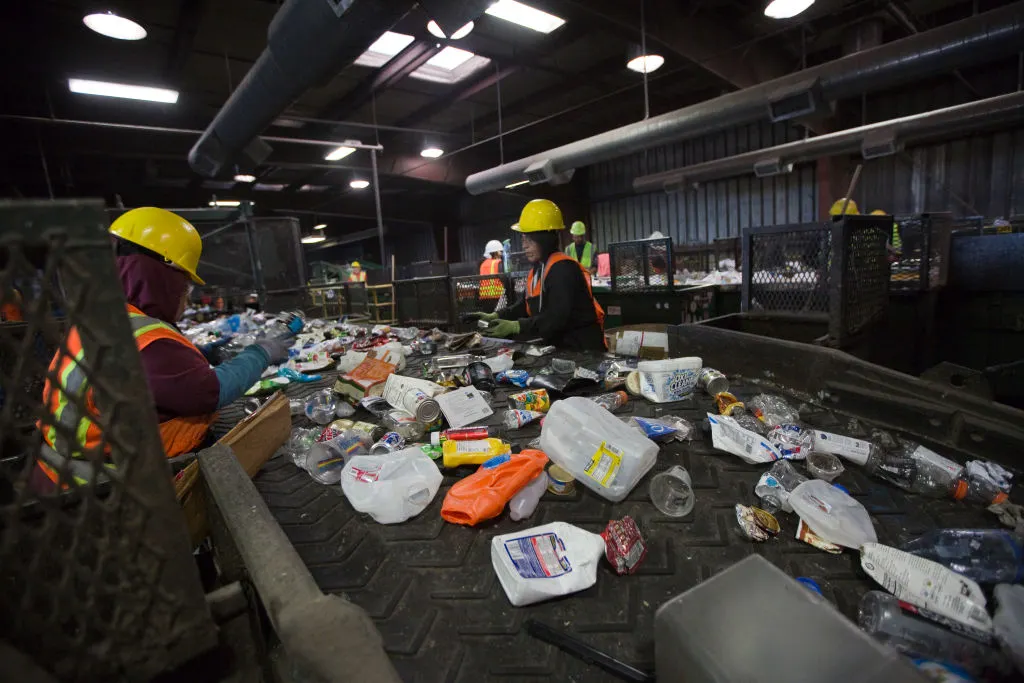
Future questions
If a bunch of producers choose to — or in Oregon’s case, have to — submit LCAs due to a regulation, comparing one company’s assessment to another can get tricky.
“The real issue comes in when we try to use LCA for legislation and lawmaking,” said University of Michigan’s Miller. “How do we actually make sure that individual LCA practitioners are doing the same thing in the same way and accounting for things on a consistent basis?”
The Oregon EPR program spells out some LCA protocols for manufacturers. The entire process is built on the guidelines published by the standards group ISO, a choice many but not all LCA practitioners make, too. The Oregon DEQ added extra specifications to keep brands operating with as many of the same inputs as possible.
But every group of LCAs comparing similar products to one another runs up against the same conundrum, Miller said. Either everyone can use the same baseline data — an industry average or even a number pulled from a single study — and agree that none of it is the perfect fit for their own operations. Or, they can use site-specific information for a more accurate LCA but make it harder to compare results.
One example of these trade-offs has come up often in Miller’s work and conversations with other LCA practitioners. LCAs looking at U.S. manufacturing include energy use data, specifically how much carbon dioxide is emitted per kilowatt hour of power. There’s a national average everyone can use, but facilities in states with lower-than-typical values like California or Vermont might push back.
“If my plant is located somewhere that is less than the U.S. average, that means that you're penalizing the study that comes out about my particular plant,” Miller said. There’s no one right decision to make about these trade-offs, but they are inevitable, she added.
The Oregon DEQ wants information in brand LCAs to be as specific as possible to the current manufacturing procedures the companies use for goods that will end up in Oregonians’ hands.
“The producers are compelled to represent their specific product and supply chain to the highest extent possible, and with primary data first,” said Peter Canepa, an LCA specialist at the Oregon DEQ.
Even if the requirements make it harder to compare one company’s outcomes to another’s, the site-specific information serves another DEQ goal to make more information about manufacturing practices available. Save some proprietary details, the LCAs and what goes into them have to be made public, Canepa added. The first mandatory reports will be published in 2026.
More information about how packaging is made and its ultimate fate could be useful to government staff, policy researchers and activist groups, Yale’s Lifset said. Over the years, all the information coming out of the Oregon LCAs could show the myriad of ways production protocols might be changed to reduce emissions, enhance recyclability, or drop the amount of material used.
The LCAs produced for Oregon’s EPR program will add to a long list of existing assessments that Miller said is already ripe for its own type of analysis.
Enough LCAs have examined similar products and systems that it’s possible to step back and see which ones agree or disagree with each other. Though there will always be differences in pros or cons of a given package depending on where it was made and what it consists of, one reliable method for reducing any kind of environmental harm stays constant, Miller said.
“The only way to guarantee no trade-offs is to reduce the amount you consume.”


